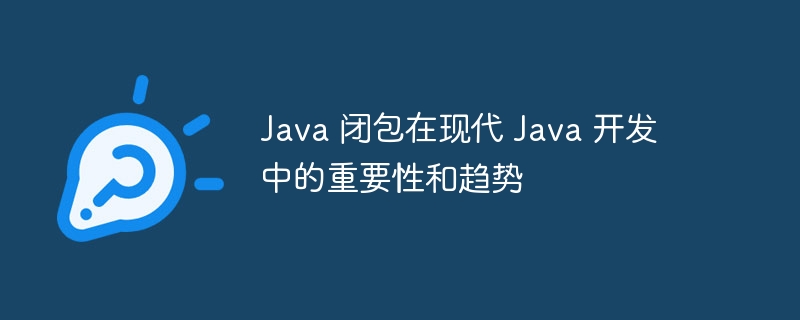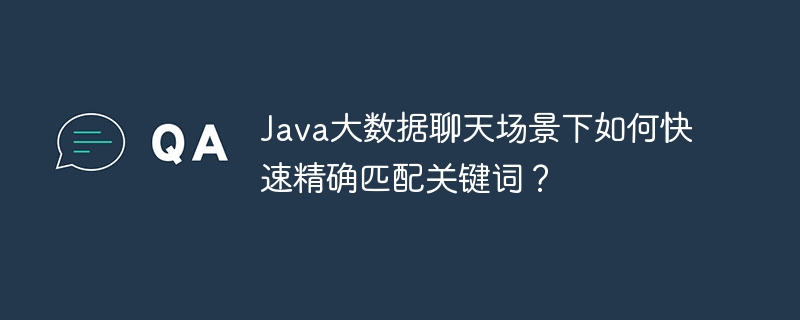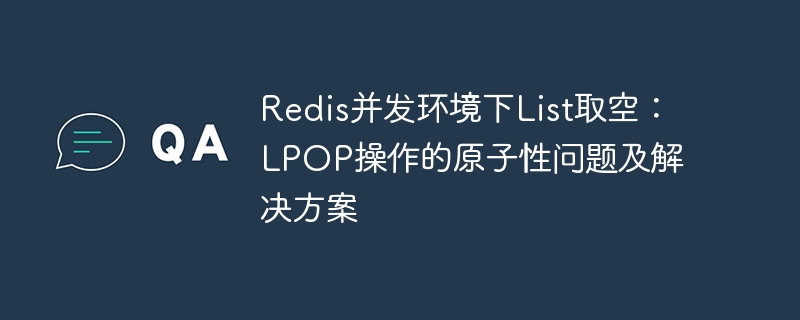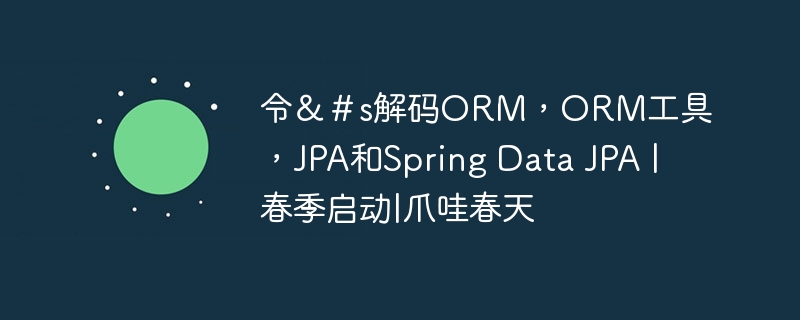
使用 jdk 动态代理中 invocationhandler 中的静态方法的隐患
在 java 中,使用动态代理提供了在不需要修改源代码的情况下扩展类或接口功能的便捷方法。invocationhandler 接口定义了方法 invoke,它在代理方法被调用时被执行。
虽然在 invocationhandler 中使用静态方法可以简化某些情况下的实现,但也会带来一些隐患:
一个示例:
以下代码段演示了使用静态方法的 invocationhandler 的示例:
public class myinvocationhandler implements invocationhandler {
private static service targetservice;
public object invoke(object proxy, method method, object[] args) throws throwable {
return null;
}
public static service getproxyservice(service target) {
targetservice = target;
classloader contextclassloader = thread.currentthread().getcontextclassloader();
class<?>[] interfaces = targetservice.getclass().getinterfaces();
return (service)proxy.newproxyinstance(contextclassloader, interfaces, new myinvocationhandler());
}
}解决方法:
为了避免这些隐患,建议使用匿名内部类或局部类来创建 invocationhandler,如下所示:
Service proxyInstance = (Service) Proxy.newProxyInstance(target.getClass().getClassLoader(),
target.getClass().getInterfaces(), new InvocationHandler() {
@Override
public Object invoke(Object proxy, Method method, Object[] args) throws Throwable {
if ("add".equals(method.getName())) {
System.out.println("HELLOIDEA");
}
return null;
}
});





